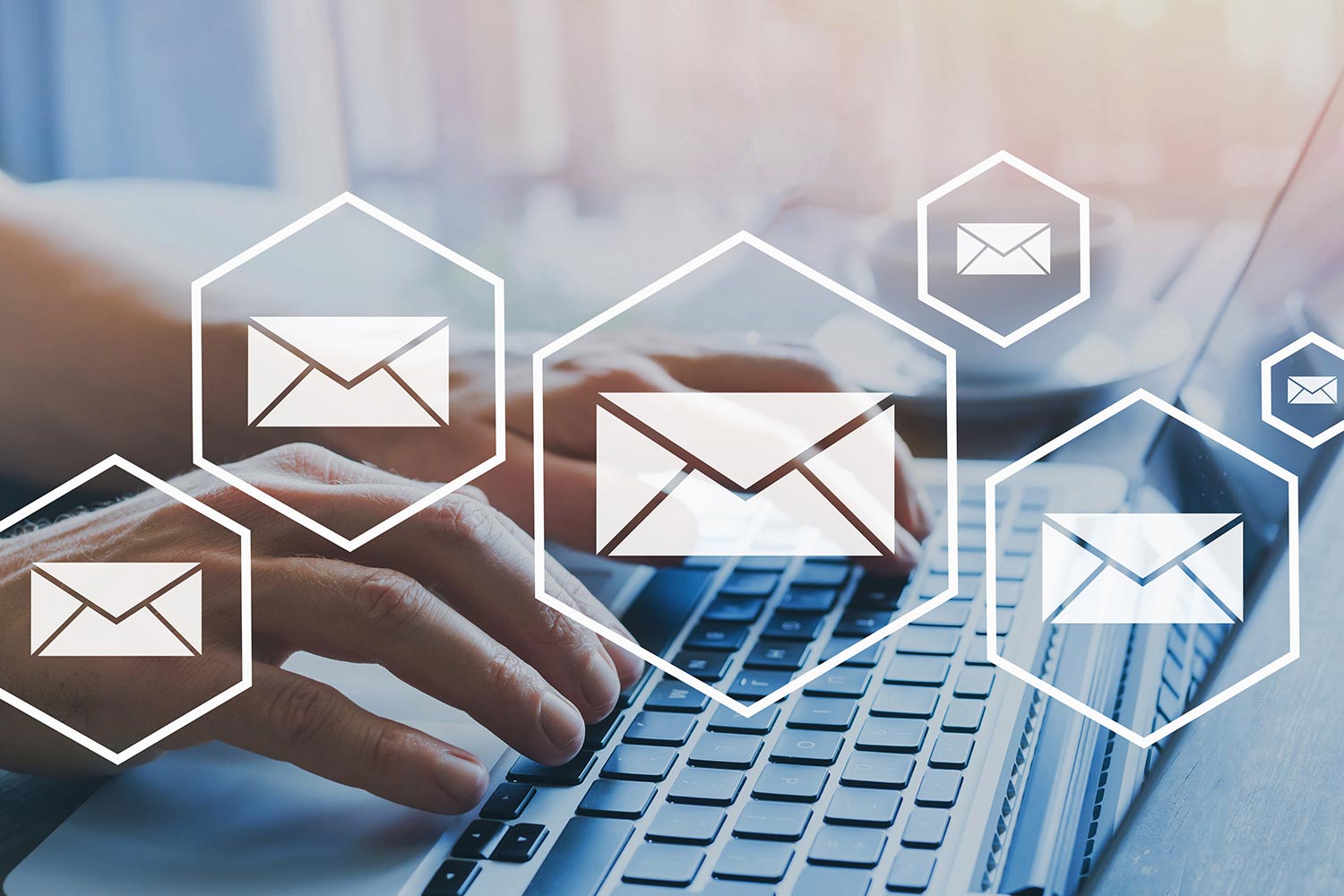Board Email: Reduce, Reflect, Rejoice!
Blue Avocado shares strategies to reduce the amount of unnecessary emails showing up in your nonprofit’s inboxes.

Tips to avoid saturating your nonprofit board members’ inboxes.
Most nonprofit boards use email, and most board members get driven crazy at some point by it. One such person — Mary Broach, co-president of Impact100 in Philadelphia — was getting 30-40 emails from other board members every day (yikes!), and she decided to draw up some guidelines:
Four ways to immediately reduce the number of emails:
1. For many items, pick up the phone first. If a topic is complex or nebulous, start by talking it over with another board member. That way a clear proposal (perhaps with alternatives) can be sent to everyone on the board. Or consider a conference call among a few people rather than an email to everyone on the board.
2. If you’re mad or upset, wait 24 hours before replying, and think about using the phone to resolve the situation instead of sending an email.
3. If you get an email from someone who’s mad or upset, don’t “reply to all.”
- Bad: [reply to all] Your tone really bothers me and you don’t understand the situation.
- Better: [reply to one person] I’m not sure how to interpret this. . . could you elaborate what you’re suggesting the board do?
4. Don’t ask open-ended questions that will spark a lot of back-and-forth.
- Bad: Do you think we should meet to talk? Who should come along? Where should we meet?
- Better: Can the three of us meet about the agenda on Thursday at 9:30 at Milk Boy? If that doesn’t work, how about anytime Friday morning?
Get your email noticed – the first time – by the other board members who also have too much email:
1. Use a purposeful subject line.
- Bad subject lines: “Hi” or “Info”
- Good: “Agenda for July 20 Impact100 retreat”
2. One topic per email — that way people will know it’s easy to read and respond. If multiple topics need to be covered, put them into numbered paragraphs so the responses will be easy to understand.
3. Put peoples’ names in the “To” line, rather than addressing the email to an address group called “Finance Committee.”
Demonstrate that you’re email smart:
1. If you add another name to an email conversation in progress, be sure you also call attention to it: “I want to be sure X knows about this, so she has been copied on this email.”
2. If you’re the board chair or other leader, use “pre-emptive strikes” to streamline discussions:
- Email from board member to all (typically tossed in at the end of an email on another topic): It occurs to me that we should consider changing our guidelines this year in line with all this.
- Pre-emptive strike from board chair to all: I’ll talk to X and other people who are interested in this idea and pull together some proposals to discuss at the September 14 board meeting.
3. Email is a postcard: don’t put it in email unless you are comfortable with having it published. Avoid discussing lawsuits, your sister’s surgery, or the incompetence of a fellow board member.
See also:
You might also like:
- A Board Member “Contract”
- Can Nonprofit Boards Vote By Email?
- From Passive to Proactive: Strategies to Move Nonprofit Board Members Beyond Meetings and Into Action
- Four Ways to Remove a Board Member
- Insider Newsletters: An Easy Way to Keep Your Board in the Loop and Engaged
You made it to the end! Please share this article!
Let’s help other nonprofit leaders succeed! Consider sharing this article with your friends and colleagues via email or social media.
About the Author
Mary Broach has more than 30 years’ experience in the nonprofit sector, engaged in all aspects of running an organization, including financial management, fundraising, communications, operations, and strategic planning. Since 2009, Mary has worked as an organizational development consultant, partnering with clients in the nonprofit and technology sectors on strategic planning and managing organizational change.
In 2008, with her co-founder Beth Dahle and seven other founding board members, Mary established Impact100 Philadelphia’s grantmaking, membership, and organizational structure. Mary has held multiple Impact100 Philadelphia leadership roles, including Co-President, Communications Chair, Advisory Board Chair, and Focus Area Committee Leader. She led Impact100 Philadelphia’s pilot Community Awards program in 2021 and 2022, as well as serving on the earlier team that helped shift to unrestricted grants and streamline grant applications.
Together with Beth Dahle, Mary was awarded PathwaysPA’s 2009 Trailblazer Award and the Association of Fundraising Professionals Greater Philadelphia Chapter’s 2010 New Generation Philanthropist of the Year.
Articles on Blue Avocado do not provide legal representation or legal advice and should not be used as a substitute for advice or legal counsel. Blue Avocado provides space for the nonprofit sector to express new ideas. The opinions and views expressed in this article are solely those of the authors. They do not purport to reflect or imply the opinions or views of Blue Avocado, its publisher, or affiliated organizations. Blue Avocado, its publisher, and affiliated organizations are not liable for website visitors’ use of the content on Blue Avocado nor for visitors’ decisions about using the Blue Avocado website.








Another good idea: when zillions of emails are zinging around in highly emotional tones — is to declare an Email Moratorium for two weeks. We know one board president who did this and it calmed everyone down and made them talk to each other instead of writing another enraged, inflammatory email.
Well done on such a practical piece. It is interesting to see this is a universal phenomenon and can translate across the world. Useful components of an e-mail policy!
Thanks for the comments, all! My sister just emailed about the article, and had another good point: “The only thing I’d add to this is to keep the emails to the people directly involved in the decision, and branch out from there after consensus has been reached. Often you get way too many people chiming in on an issue that isn’t in their purview.” (She couldn’t resist starting off that email with: “Mary, your tone really bothers me and you don’t understand the situation. Ha!”)
Helpful guidelines for e-mails. I will share this with staff and board. Thx!
Helpful guidelines for e-mails. I will share this with staff and board. Thx!
To cut down on emails, I tell my colleagues: “Don’t thank me and I won’t thank you.” In other words, I request that they not respond to one of my emails with a thank-you email in return, when no response is really needed.